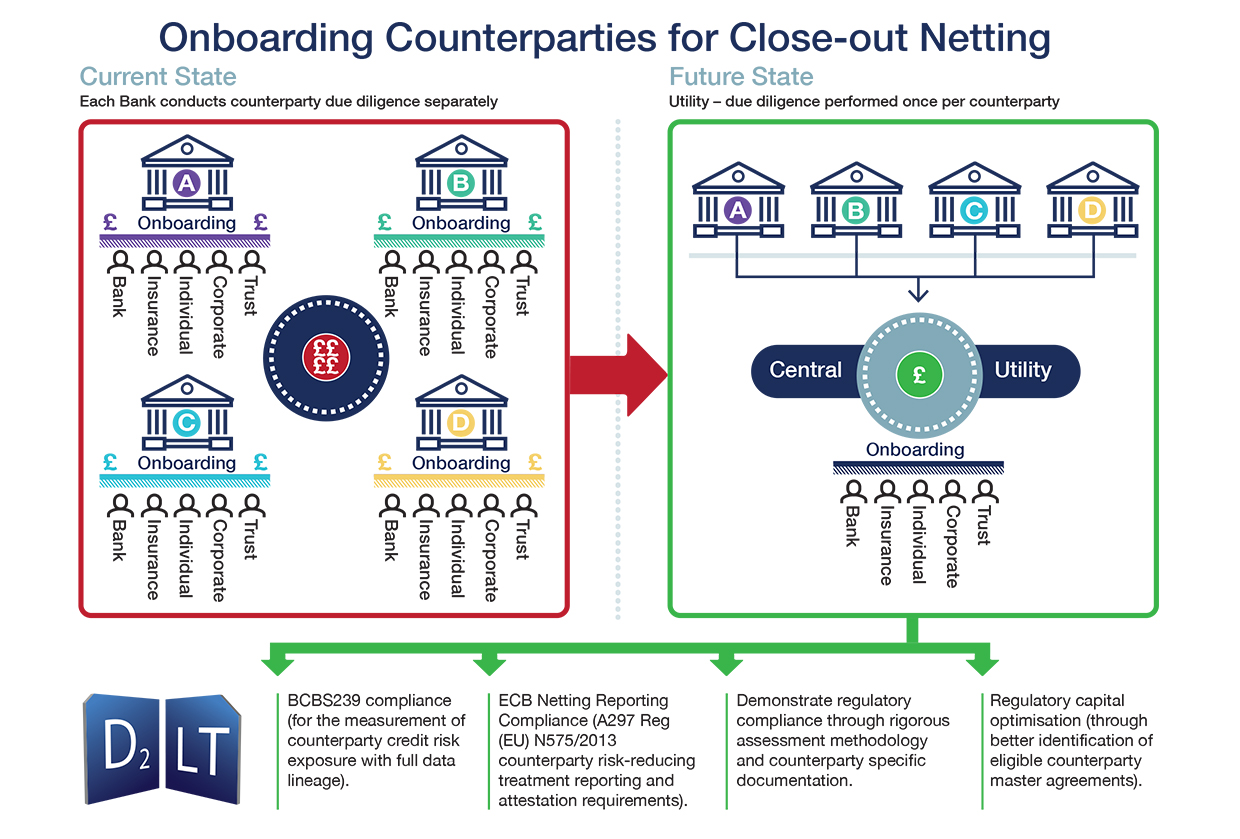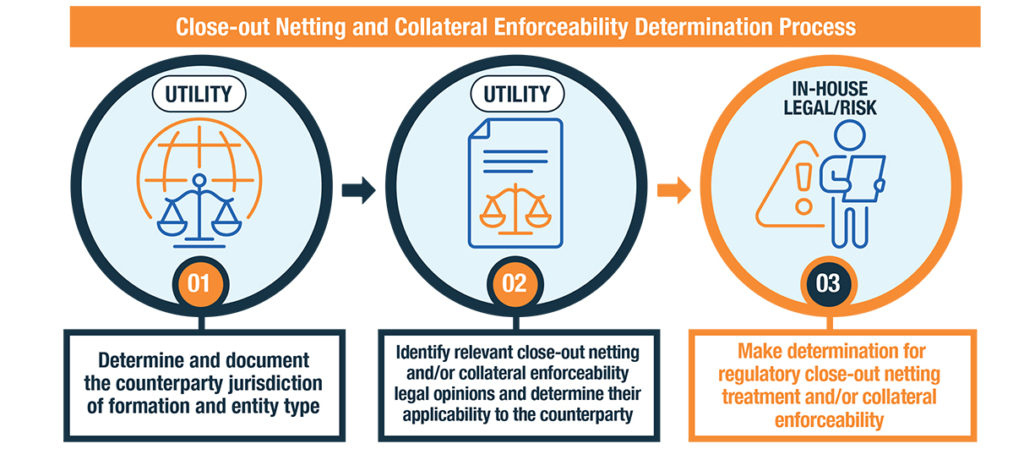
Close-out netting offers enormous regulatory capital benefits by reducing mark-to-market exposures.
ISDA and BIS analysis detailed a reduction of “79.3% at mid-year 2020 as a result of close-out netting”, a
reduction that has been pivotal in the exponential growth of the derivatives market over the last 30 years.
But the process in which this is done has recently attracted significant regulatory scrutiny (e.g., SOX,
s.166 & other regulatory audits).
In order to net transactions with a counterparty, a bank must satisfy various regulatory requirements, one of which is that the bank must have a netting agreement with the counterparty that creates a single net amount to be paid by the one or the other party in the event that the counterparty defaults or becomes bankrupt. This must be supported by written and reasoned legal opinions that a court would find the bank’s exposure to be such a net amount under the laws of each relevant jurisdiction.
Each close-out netting determination must therefore be supported by documentation demonstrating that due care was taken in assessing the applicability of the legal opinions to the enforceability of the close-out netting agreement clauses with the particular counterparty. It is not enough to simply rely on a grid-based determination without an audit trail demonstrating that the counterparty, the trading agreement and the legal opinion have all been properly assessed. To assist banks in meeting these regulatory requirements, D2LT has launched a utility service to streamline the netting determination process, supported by rigorous assessment methodology and counterparty specific documentation.


For a requested counterparty (LEI), the Utility will determine and document the entity’s jurisdiction of formation, form (entity type) and ascertain the relevant industry legal opinion(s) if any; all of which are essential precursors to enable the effective close-out netting and collateral enforceability determination for a particular relationship.
Counterparty Determination Report
- Entity determination details.
- Entity determination verification steps.
- Entity determination supporting evidence.
- Relevant legal opinion links.
- Cost effective – ensuring market optimization, eliminating duplicative analysis across institutions.
- Rigorous and auditable due diligence methodology.
- Client confidentiality – identity of all participating banks is kept confidential.
- Counterparty taxonomy to provide determination lineage using a standard taxonomy – a foundation for further process innovation.
- Relevant aosphere references.
Watch our Demo video

“A number of investment banks have implemented the legal data consultancy’s new tech-enabled due diligence service to identify its counterparty in regulatory capital calculations. Previously, experts in investment banks would conduct this research independently, even though many were searching for the same information. By offering this service to banks, D2 Legal Technology has built a global database with the information, completing anonymous searches.” Read the FT article
D2LT would be happy to schedule an in-depth demonstration of the Counterparty Due Diligence service.
